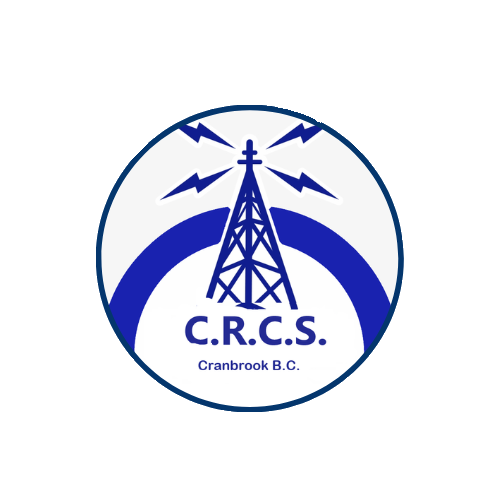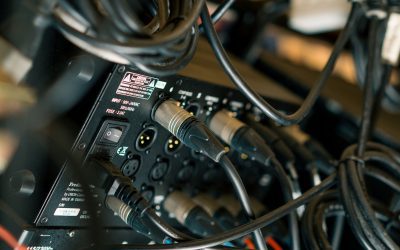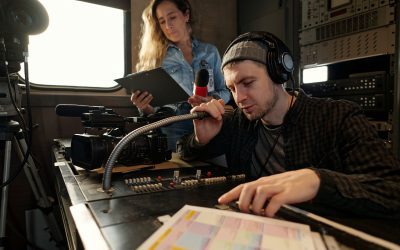For amateur radio operators looking to improve their HF (High Frequency) band performance, a rotatable dipole antenna offers an excellent balance of efficiency, directionality, and ease of construction. Unlike a traditional fixed dipole, a rotatable dipole allows for directional control, reducing interference and improving signal strength towards desired stations. In this guide, we’ll explore the fundamentals of building a rotatable dipole, key considerations, and practical steps to construct and install your own.
Understanding the Rotatable Dipole Antenna
A dipole antenna consists of two equal-length elements, typically made of aluminum or copper wire, fed at the center by a coaxial cable. A rotatable dipole takes this basic design and mounts it on a rotator, allowing operators to change the antenna’s orientation for improved directional performance.
Benefits of a Rotatable Dipole:
-
Directional Control: Unlike a wire dipole, which is fixed, a rotatable dipole can be aimed for better signal reception and transmission.
-
Compact Design: A single-band rotatable dipole requires less space than larger multi-element Yagi antennas, making it ideal for those with space constraints.
-
Reduced Noise and Interference: Ability to null out unwanted signals by orienting the antenna away from interference sources.
-
Improved DX Performance: By rotating the dipole, operators can focus their signal where it’s needed most, enhancing long-distance (DX) communication.
Selecting the Right Band and Materials
Before starting construction, determine the HF band you want to operate on. A 20-meter (14 MHz) rotatable dipole is a popular choice due to its manageable size and excellent propagation properties.
Required Materials:
-
Aluminum Tubing or Copper Wire: For the antenna elements.
-
Center Insulator and Balun: A 1:1 current balun is recommended to match impedance and minimize RF on the feedline.
-
Coaxial Cable (50 Ohm, such as RG-213 or LMR-400): For feedline connection.
-
Antenna Mounting Hardware: Clamps, U-bolts, and a non-conductive boom.
-
Antenna Rotator: A light-duty rotator like the Yaesu G-450A is sufficient for most dipoles.
-
Mast or Tower: A sturdy support structure for mounting the dipole and rotator.
Step-by-Step Construction Guide
Step 1: Measure and Cut the Elements
A standard half-wave dipole formula is: For a 20-meter band dipole (14.200 MHz): Each leg of the dipole should be 16.5 feet (5 meters) long.
-
Cut the aluminum tubing or copper wire to the required length.
-
If using tubing, sections can be telescoped and clamped for easy tuning.
Step 2: Assemble the Dipole
-
Attach the two elements to the center insulator, ensuring a strong mechanical and electrical connection.
-
Connect a 1:1 balun at the center to prevent feedline radiation and RF feedback.
-
Secure all connections with stainless steel hardware to prevent corrosion.
Step 3: Mount the Antenna on the Rotator
-
Secure the center insulator to a non-conductive boom (such as fiberglass or PVC).
-
Mount the boom onto the rotator using U-bolts.
-
Ensure the rotator is securely fastened to the mast or tower.
Step 4: Run Coaxial Feedline
-
Connect coaxial cable from the balun to the shack.
-
Use ferrite chokes or a coaxial choke near the feedpoint to reduce RF interference.
-
Waterproof all coax connections with high-quality weatherproofing tape or heat shrink tubing.
Step 5: Grounding and Safety
-
Ensure the antenna mast is properly grounded for lightning protection.
-
Use an RF ground system to prevent unwanted interference in your station.
-
Install a rotator control cable and test rotation functionality before finalizing installation.
Optimizing and Tuning Your Rotatable Dipole
SWR Tuning and Adjustment
-
Use an antenna analyzer or SWR meter to check the standing wave ratio (SWR) on your desired frequency.
-
If SWR is too high, adjust element length (shorten to increase frequency, lengthen to decrease frequency).
-
Verify tuning by transmitting on low power and checking reflected power.
Performance Enhancements
-
Height Matters: Mount the dipole at least one-half wavelength above ground (33 feet for 20 meters) for optimal performance.
-
Use Quality Feedline: Low-loss coaxial cable ensures better efficiency, especially for higher frequencies.
-
Regular Maintenance: Inspect connections, check for corrosion, and ensure the rotator operates smoothly.
Practical Applications for Rotatable Dipoles
DXing (Long-Distance Contacts)
A rotatable dipole significantly enhances DX performance by allowing users to aim the antenna toward weak signals, improving both transmission and reception.
Contests and Portable Operations
Compact and easy to set up, a rotatable dipole is ideal for HF contesting and field operations, where quick deployment and directional flexibility are crucial.
HOA-Friendly Installations
For operators in antenna-restricted areas, a rotatable dipole on a push-up mast can be a discreet alternative to large Yagi antennas.
A rotatable dipole antenna is an excellent choice for amateur radio operators looking for improved performance without the complexity and size of multi-element beams. With proper construction, tuning, and maintenance, this antenna can provide years of reliable service, whether you’re chasing DX, participating in contests, or operating from an urban setting.




